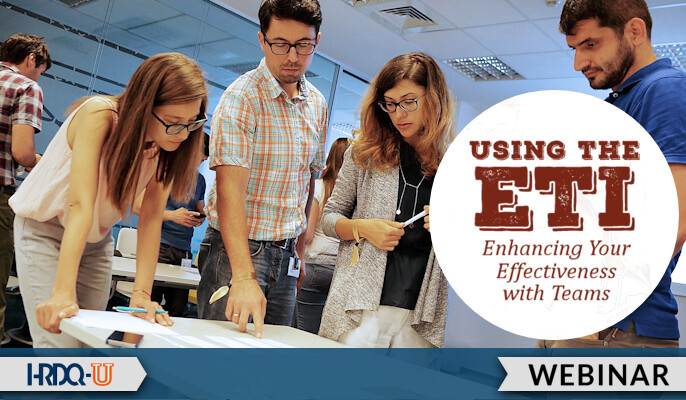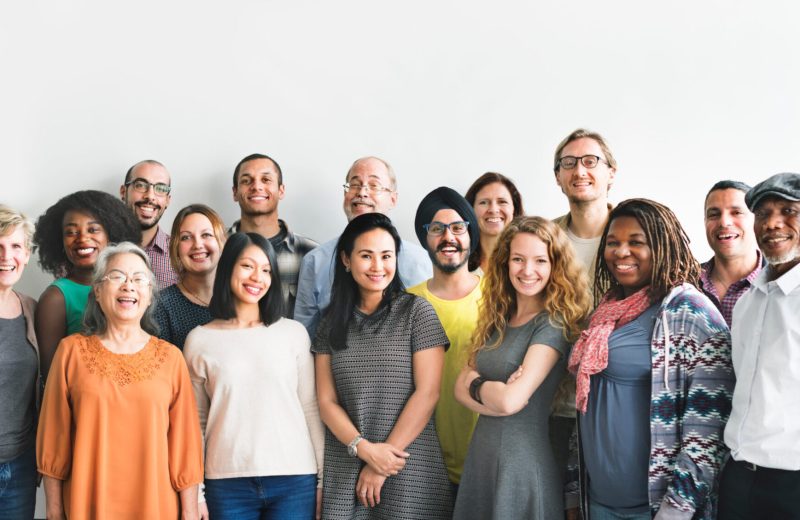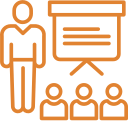Who hasn’t heard some of the following team conversations?
- It’s true that we get things done on our team, but we take no time to get to know each other as people.
- I really don’t get the value of sitting around shooting the breeze when I have deadlines to meet.
- Things would be a lot better if we were all on the same page.
For each of these expressed sentiments, there is likely another work team member who would see things differently. These differences can be embraced and utilized to the team’s advantage. Or, these differences in how people see the world can lead to conflict, poor decisions, throttled back results and unhappy people.
Fortunately, most teams have a choice in how they want to work together. By using a well-researched model and tool, a team can identify their current reality and see how that differs from the way they want to be. This will allow the work team to create an intentional pathway to appreciating differences, achieving goals, and often a more enjoyable and satisfying team experience.
















